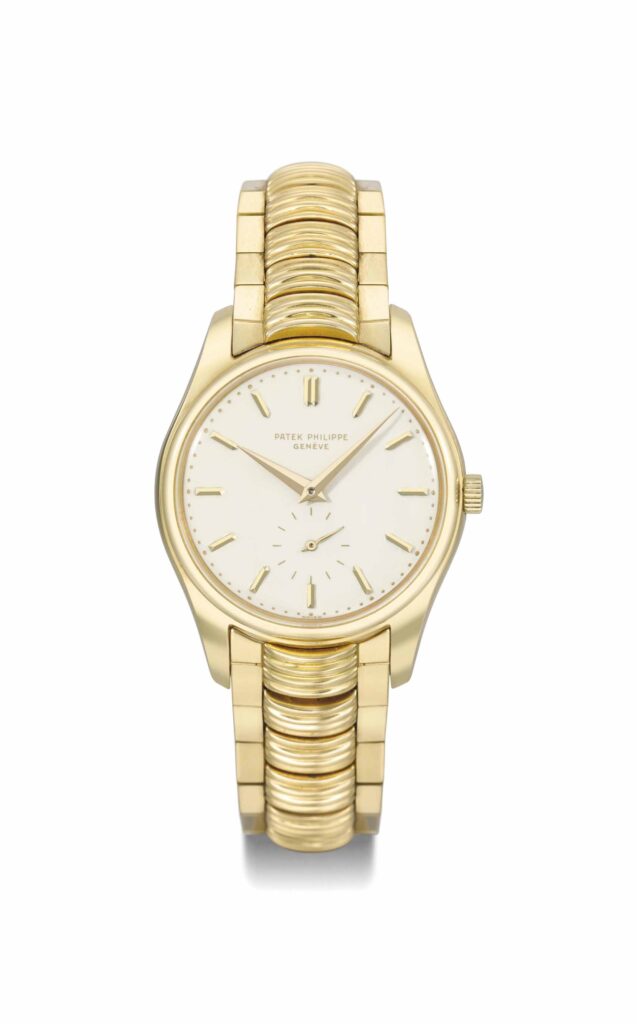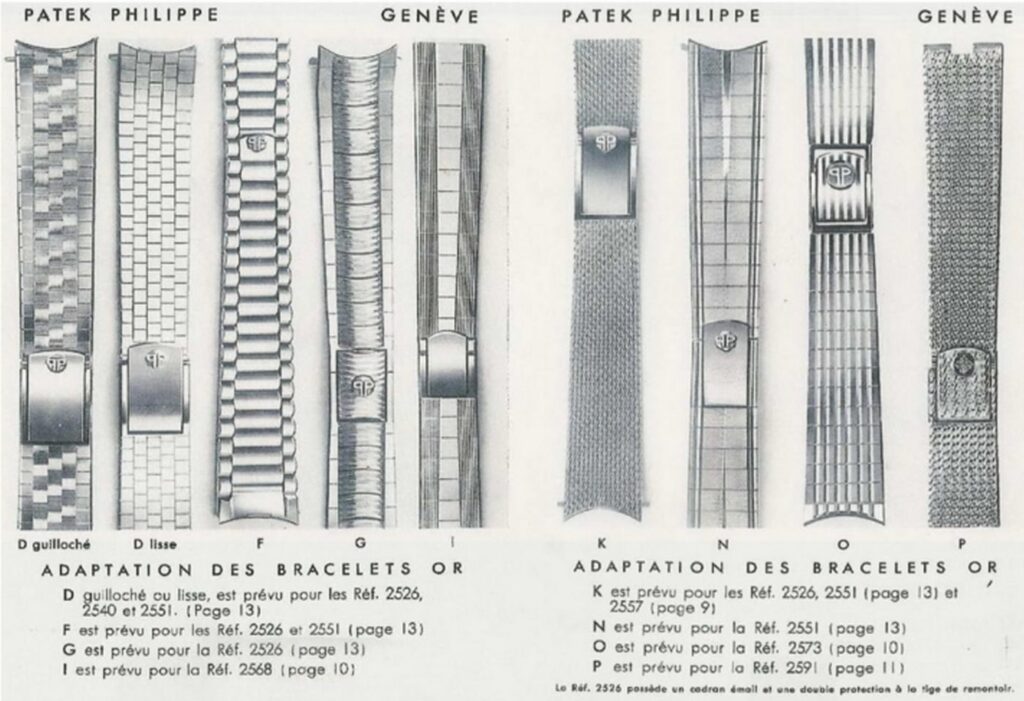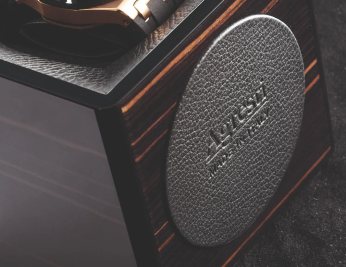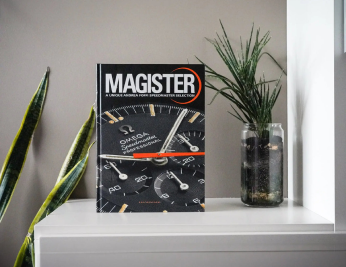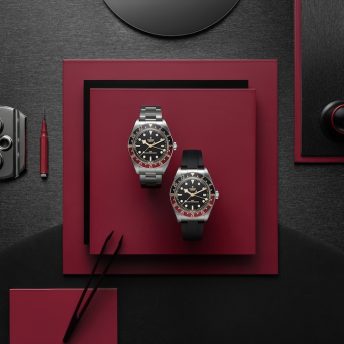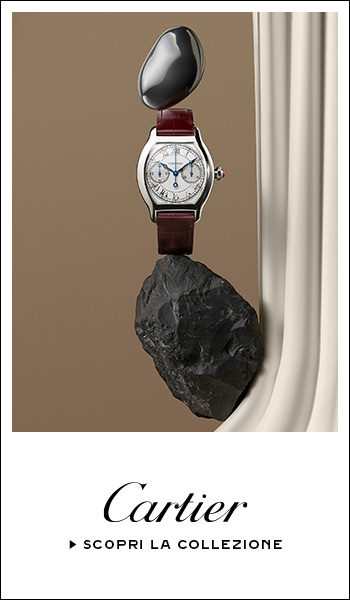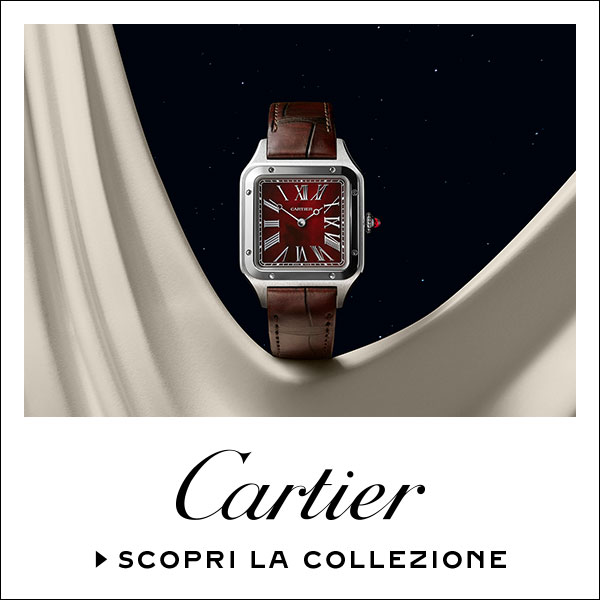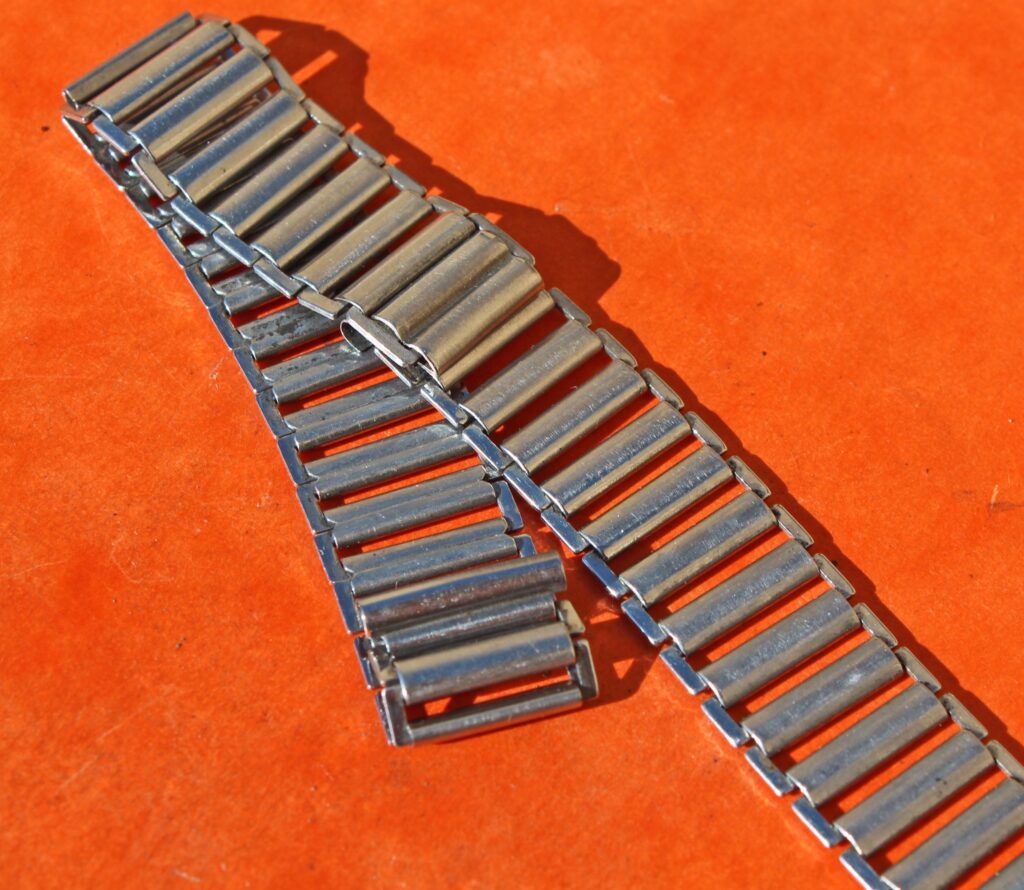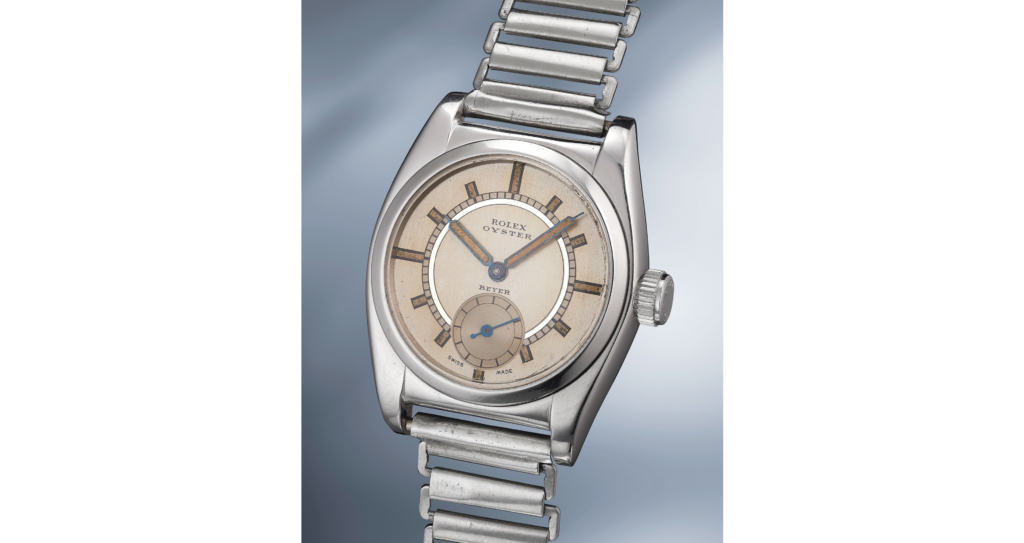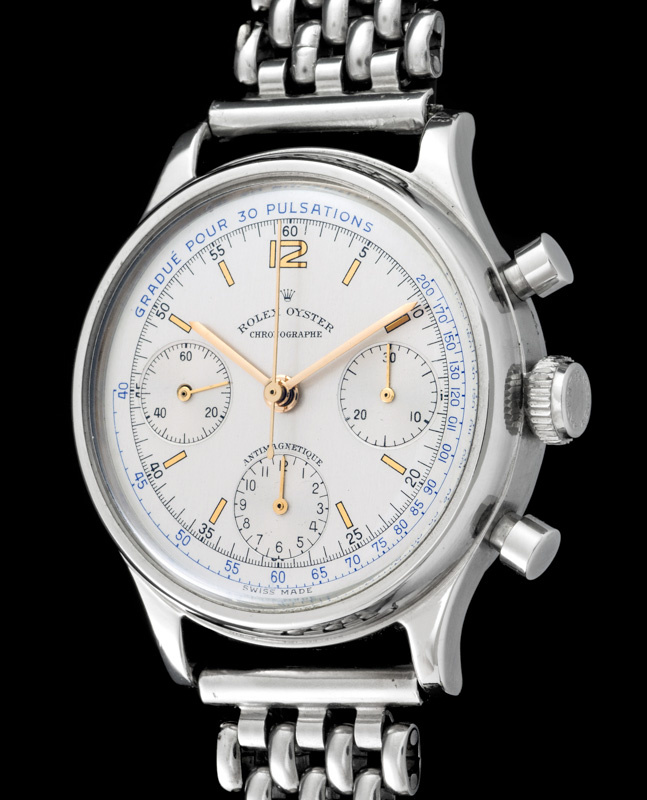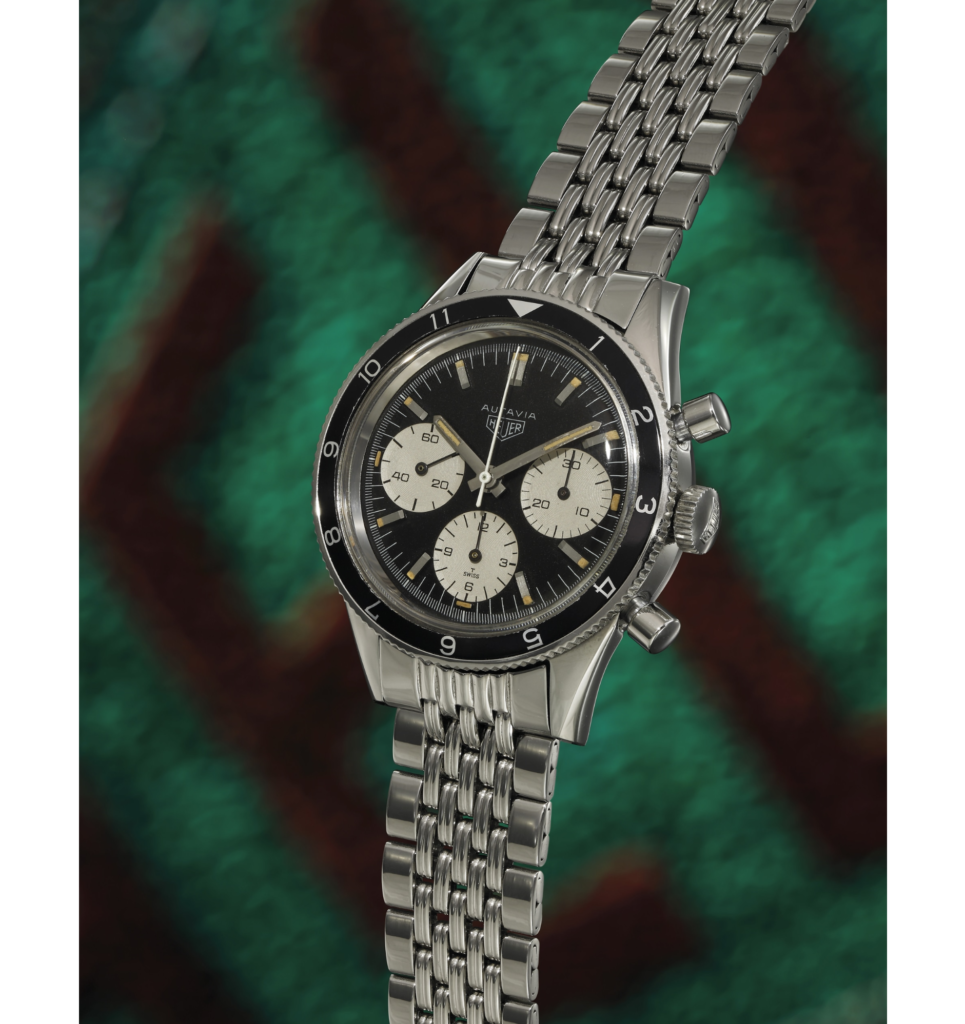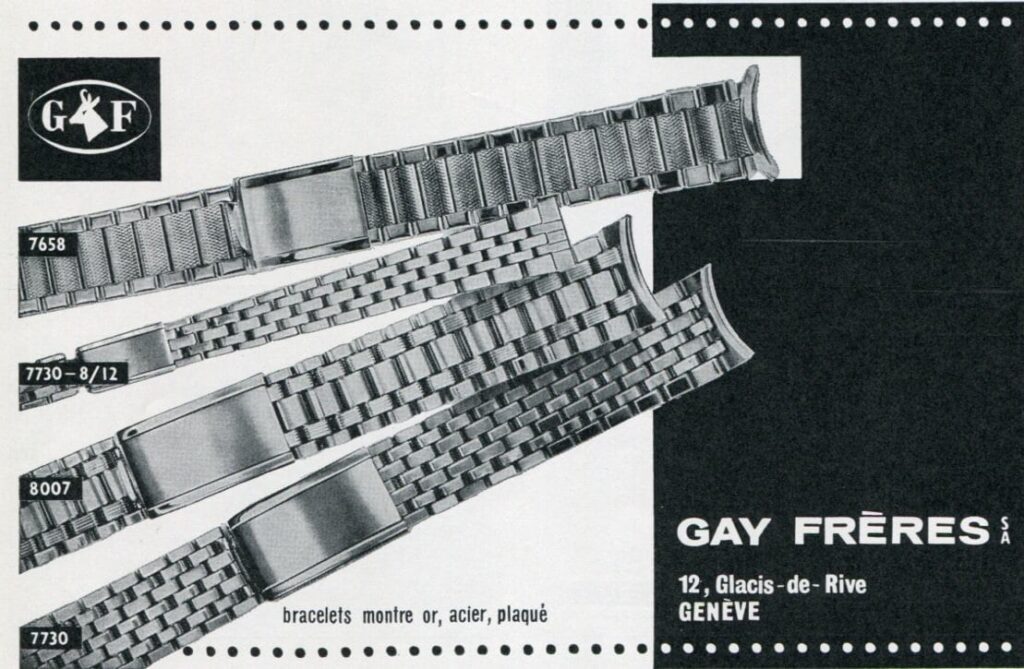Today, the focus isn’t necessarily about the watch itself, but rather an accessory. It’s an essential “detail” that is often overlooked. We’re talking about the watch bracelet.
Despite there being countless styles and types of bracelets, they all have the same sort of effect: they add a touch of sportiness to the watch. If not that, then they definitely add an extra layer of character, making it recognisable by watch lovers all around.
Don’t agree?
Audemars Piguet Royal Oak, Patek Philippe Nautilus, Submariner, Datejust. I can guarantee that you’d be able to spot these immediately by just looking at their bracelets. Some are integrated, and some are optionals, but they all certainly become a part of the overall watch’s profile.
Let’s make something very clear right away. If there is one brand which responsible for the entire industry of watch bracelets, it’s Gay Freres, a brand whose story begins way back in 1835.
Initially, it was a chainiste, the term given to those who manufactured chains for pocket watches. Only in the early 1920s, when wristwatches began to rise in popularity amongst the wider public, did they begin to make bracelets.
Right off the bat, Gay Freres established itself as an innovative and an avant-garde company. Thanks to the expertise of its craftsmen, they began to frequently collaborate with some of the most reputable names in the watch industry: watch houses such as Rolex, Patek Philippe and Vacheron Constantin were eager to use their services. In fact, Gay Freres provided these companies with not only their own (Gay Freres) bracelets, but they also helped them design new ones which are now considered icons.
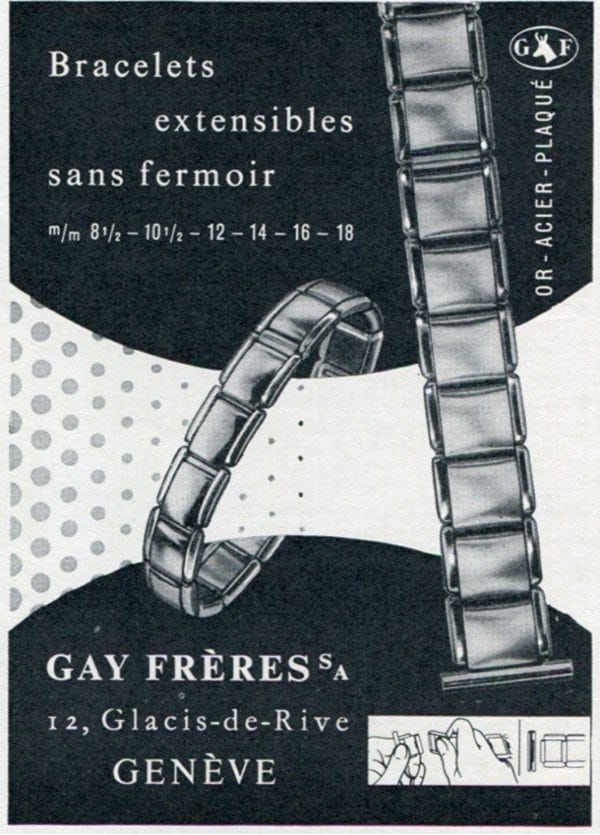
The Bamboo Bracelet
The Bamboo (or Bonklip) bracelet was Gay Freres’ first of many big hits in the industry.
This was a bracelet which provided both great comfort and durability, something of paramount importance to those who utilised watches as tools on a professional and daily basis.
Whereas nowadays we tend to associate Bamboo bracelets with more elegant and sophisticated watches, it was actually born out of sporty and professional necessity. Their robust, dynamic and reliable nature – complemented by adjustable links and clasp, made it an excellent solution for professionals. In fact, an huge number of companies followed Gay Freres’ lead, and the Bamboo bracelet became the go-to accessory for these types of watches.
This creation massively increased Gay Freres’ exposure, motivating them to ramp up production and introduce a larger variety and selection of bracelets, each more sophisticated than the other.
The Bamboo bracelet has also become somewhat of a cult icon for watch enthusists, widely appreciated for its simple, minimalist and perfectly balanced design. They’ve amassed such a following to the point where they’re not only hard to come by, but their prices can reach well above €500.


Credits: Phillips
From Bamboo to Oyster
Aside from its unmatched quality, the Bamboo bracelet laid out the groundwork for one of the most popular and celebrated bracelets of all time: Rolex’s Oyster.
In the mid-1950s, Rolex launched a series of “professional” sports watches which would go onto revolutionise the whole meaning of the wristwatch. But that’s a story for another day – let’s focus on the bracelet.
In order to complement the sporty nature and reliability of these professional watches, Rolex needed to combine them with a high-quality and durable bracelet.
So, they turned to – you guessed it – long-time partner Gay Freres for help. And boy, did they deliver: they created the first riveted links Oyster Bracelet.
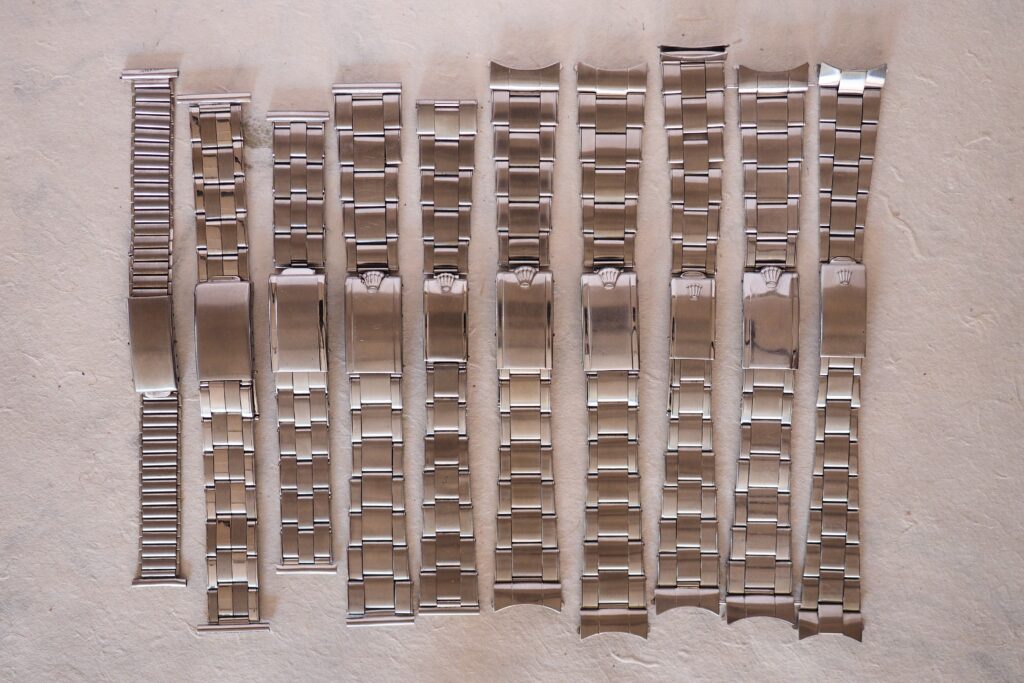
Beads of Rice
Another undeniable icon when it comes to Gay Freres and watch bracelets in general is the “Beads of Rice” style, aptly named after the shapes of its links.
One of the key features and talking points of the Beads of Rice bracelet is its versatility and wearability, in that you can pair it with a sports watch and it’ll feel and look right at home, just as it would if you wore it with a dress watch: you really can’t go wrong with it.
Because of this, just like the Oyster, the Beads of Rice bracelet was hugely successful. We can often find them on vintage Patek Philippes: a testament to the two brands’ partnership. Just to emphasize the value of this type of bracelet: the steel Patek Philippe 1518 that was auctioned by Phillips in 2016 for a record-shattering 11,000,000 CHF, was equipped with none other than a Gay Freres Beads of Rice bracelet. Need we say more?
Nowadays, original Beads of Rice bracelets are extremely sought after by collectors, and the numbers speak for themselves: for a decent quality one, it’ll set you back at least €1,000.
As mentioned before, as well as manufacturing their own bracelets, Gay Freres designed and built custom bracelets, made specifically to order by various brands such as Rolex, Patek Philippe and Vacheron Constantin – a relationship which lasted around 60 years.

Credits: watchcollectinglifestyle 
Credits: Onlyvintage
The ’60s and ’70s
At the turn of the ’60s, this list of companies whom Gay Freres collaborated with, grew exponentially.
We’re talking Zenith and Tag Heuer, two brands which really defined this chronograph era. The French artisanal company was responsible for the design and manufacture of both the El Primero and Autavia’s bracelets respectively.
Given the inherent sporty and “racing” nature of these models, the two brands needed a bracelet which was both impactful, memorable, and instantly recognisable.
Once again, Gay Freres did not disappoint. For example, they provided the Heuer Autavia with its now iconic and unmistakable bracelet – a perfect blend of a Beads of Rice and Oyster bracelet, destined to become a 60s and 70s icon.

Credits: Phillips 
Immediately after the debut of this Heuer-Gay Freres creation, countles brands copied, mimicked and adopted the style of the Autavia’s bracelet. Amongst these scores of brands, it was IWC whose homage was best remembered as they employed it for their ref. 812 Diver as well as their Ingenieur.
The Zenith El Primero received the same Gay Freres treatment, but did not reach the same level of stardom as the Autavia. Nonetheless, it was an instant hit. Two types of bracelets were put forward, the first of which was very similar to a regular Oyster. Thus, after further concept development, the second iteration was produced. Conceptually, it was still similar to the Oyster, but it held its rightful unique place amongst watch bracelets thanks to the central link separation and apertures: it’s a bracelet just as important as the watch it came with – the El Primero ref. A384.
By the end of the 1970s, Gay Freres was an absolute powerhouse in the watch industry
It employed just over 500 specially trained craftsmen who dedicated their whole careers to manufacture some of the most memorable bracelets of exceptional quality that money could buy.
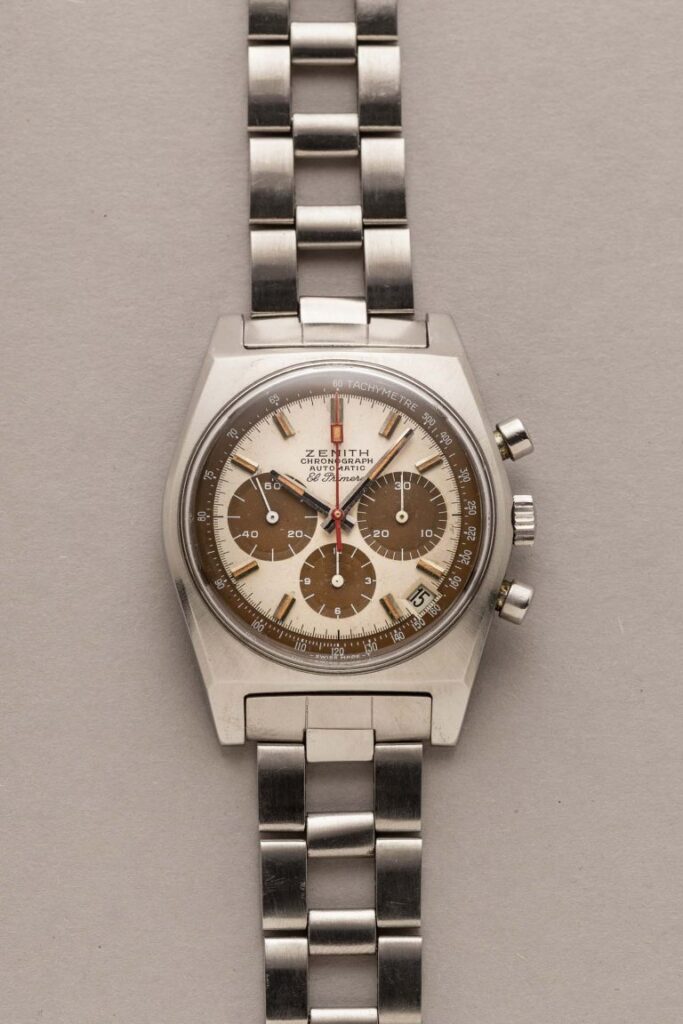
The first Integrated Bracelets
This discipline and type of bracelet burst onto the scene with immediate success when in 1972, Audemars Piguet entrusted Gay Freres in creating the now iconic bracelet for the first Royal Oak ref. 5402.
This task was by no means an easy one: remember, we’re in 1972, and the design features of something like the Royal Oak had never been seen before, so they had to make a bracelet which paired this trailblazing and unorthodox piece well, straying far from traditional watchmaking.
There’s a common theme in this article: that Gay Freres delivers. And they did exactly that, creating a bracelet that’s just as iconic and recognisable as the unique octagonal case. In fact, you don’t even need to see the face or case to know that you’re looking at an Audemars Piguet. That’s how great this bracelet is.
In 1976, it was Patek Philippe’s turn to commission Gay Freres for a bracelet for their revolutionary Nautilus ref. 3700. And, well, you get the point.
Then, in 1998, after 70 years of revolutionising the world of watch bracelets, Gay Freres was bought (in its entirety) by Rolex, yet another example of their smart and intelligent investments team. They correctly predicted that the workers of Gay Freres was a dying breed: one of unparalleled expertise and artisanal know-how, one which becomes rarer by the day.
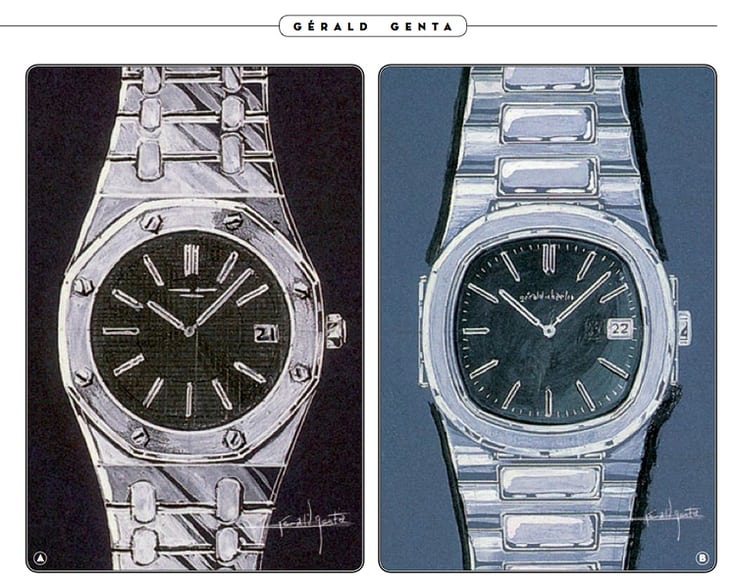
Ponti Gennari
Although Gay Freres is undoubtedly the pioneer and grandmaster of watch bracelets, it would be unfair to not acknowledge other artisans which made a significant impact in this field.
Amongst the “best of the rest” is definitely Ponti Gennari, a Genèvese jeweller who has strong ties to Patek Philippe. Ponti Gennari’s creations (all of them exclusively in precious metals) are characterised by their unmistakeable flair, strong personality and extreme attention to detail: their bracelets alone could be classed as haute-jewellery!
This expertise and skilled crafstmanship will cost a pretty penny though: they were so specialised that they didn’t actually come with the watch, but rather the owner would have to seek out a specialised one at the point of sale. As such, the prices for Ponti Gennari bracelets at their peak during the 1950s would range between 1,000 and 1,500 CHF.
-Translated by Patrick R.
